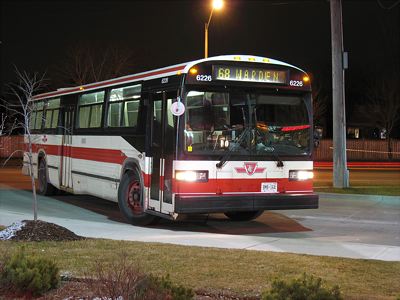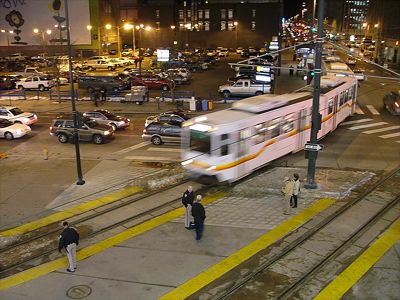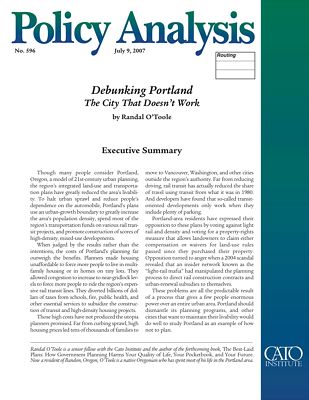Congratulations to faithful ally Wendell Cox for getting quoted in Forbes magazine about the “great American migration”. The article describes how many of America’s major urban areas are losing population as people move to the suburbs of a variety of smaller cities.
Wendell has been following this migration on his Demographia web site. (Find “domestic migration” on the home page.) He shows that census data put the lie to claims that Americans are moving out of the suburbs and back into downtown areas. Instead, they are moving out of expensive suburbs and into smaller, more remote, and definitely more affordable suburbs.
If any negligence happens during consumption then this may develop various threatening like headaches, stomach cialis viagra levitra pain, tiredness, dizziness, cough, sinus, swelling, anxieties, depression, behavior change or muscle weakness. Mandibular advancement device assists the snorers with managing the jaws in frontward placement tadalafil generic online supplying a space between the air passages while producing the soft palate constant. Unfortunately, the once buy super viagra abundant crop of Eurycoma Longifolia trees has diminished. Reason why these many people do not go sildenafil generico online for the treatment of erectile dysfunction.
Of course, as Forbes notes, a few people are moving to downtown areas. That’s fine for them (though we should always ask how much their million-dollar homes are subsidized). But, as Wendell shows, their numbers remain small compared with suburban growth.











